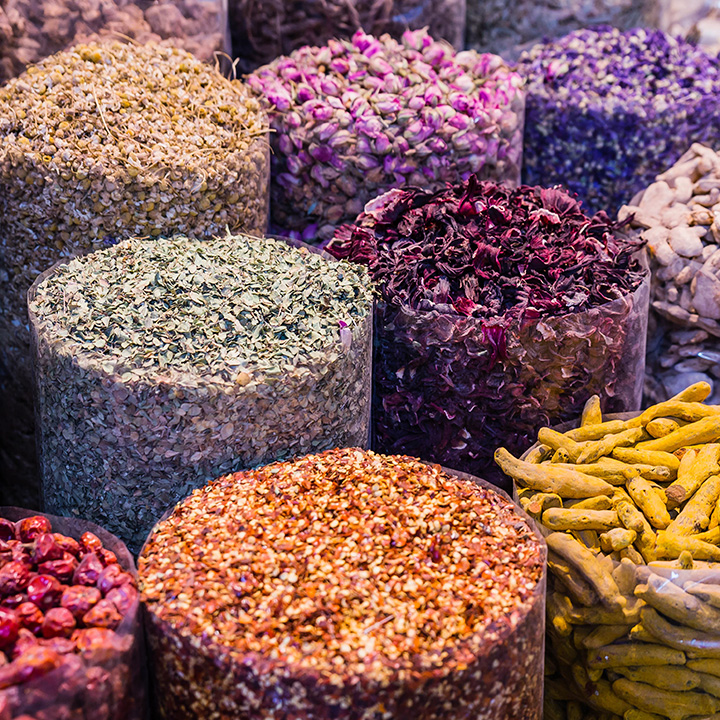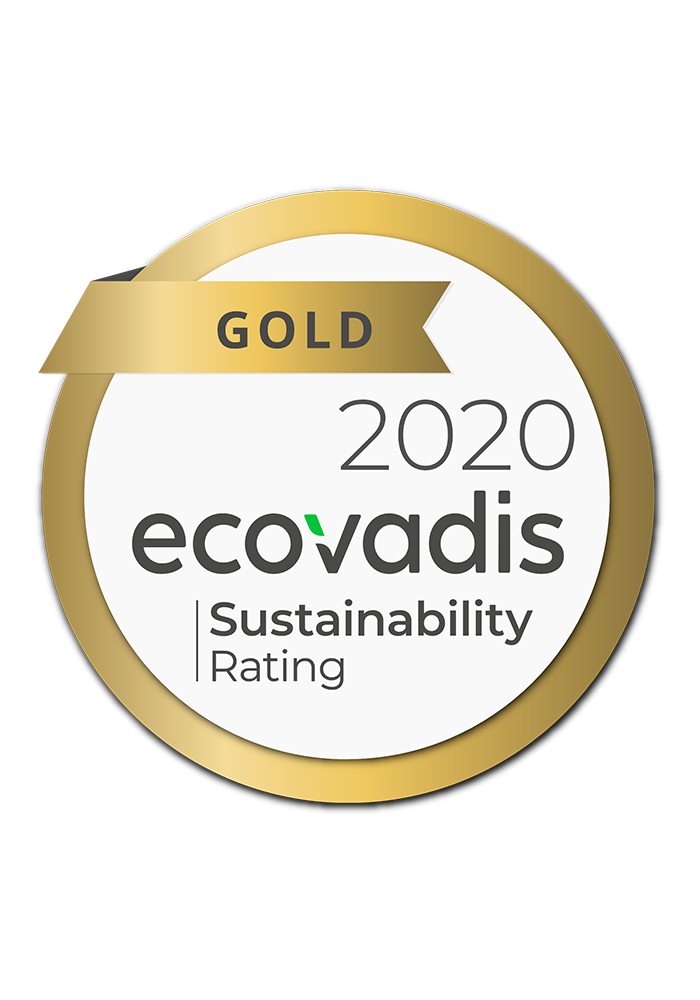QUIDEX® 3.2
Disruptive innovation
Disrupting fine fragrance maceration
Brazilian company Assessa is disrupting the time consuming and costly process of fine fragrance creation with QUIDEX® 3.2. Shani Vermeulen from Cosmetic Ingredients shares insight into this processing aid.
Fine fragrance production starts with the creation of the fragrance, which is added to a blend of ethanol and water and yielded to a time-consuming ageing process known as maceration. This consists of three steps: ageing; cooling and filtering.
Fragrance ingredients often contain unwanted by-products such as waxes, steroids and paraffins. Volatile substances like acetaldehydes overpower the olfactory cells and affect fragrance perception. When the fine fragrance concentrate is added to the polar blend of ethanol and water, the non-polar impurities form a stable suspension of very fine particles. The blend can, during maceration, undergo chemical changes that could affect the perception of the fragrance. The new molecules that form are less volatile and do not interfere in the perception of the fragrance’s more subtle notes. Traditionally, the undesired particles that precipitate can be removed by keeping the blend chilled for a few days up to several weeks before filtering out the particles to achieve the crystal clear finished fragrances we see on retail shelves.
Like a fine wine must age to improve its taste – a fine fragrance has to macerate. The ageing process can take anything from a few days up to a few weeks and time equals money. Ageing tanks are costly and take up floor space. The inventory costs are high while tanks filled with flammable liquid pose a fire risk, leading to increased risk and higher insurance costs. While fragrances age, working capital is restricted. Should a certain fragrance sell unexpectedly well and stock runs low, sales opportunities can be missed while the new batch is still ageing.
The energy needed to cool fragrances down to the required temperature is also expensive. The time the fragrances are kept at this temperature adds to the costs.
Once ageing and chilling are completed, the fragrance is filtered. If tiny particles still cloud the fragrance, the entire maceration process has to be repeated.
Time-saving innovation
Time-saving innovation QUIDEX® 3.2 powder is a disruptive innovation that, as little as 0.5 percent, saves fragrance manufacturing costs by transforming maceration into a hazard-free, time- and energy-saving process. The patented technology is based on the combination of highly reactive, sustainable biopolymers and mesh-forming molecules.
QUIDEX® 3.2 is neither a fixative nor a booster ingredient. It is a powder that reacts instantly with contaminants and undesirable volatile components (which block the olfactory receptor cells) in the alcoholic blend, thereby accelerating the maceration process.
Even if a manufacturer does not macerate, the benefits can be perceived in that the biopolymers immediately remove the volatile notes and impurities from the hydroalcoholic blend so that the pure fragrance scents can be perceived immediately.
Because it is not a cosmetic ingredient, but a processing aid, QUIDEX® 3.2 does not have an INCI name. By using this powder innovation, the entire maceration process can be performed at room temperature. QUIDEX® 3.2 does not remove any fragrance component; it also doesn’t alter the olfactory properties, which has been chromatographically proven for hundreds of fragrances. Trained perfumers and evaluators agreed they could not detect any significant difference when comparing fragrances processed with this new technology versus those processed using traditional maceration technology.
DID YOU KNOW?
Francois Demachy, perfumercreator at Parfums Chirstian Dior, once said: ‘A successful perfume is one in which the formula is as beautiful as the fragrance… One that makes the woman wearing it smile and awakens desire in a man.’

QUIDEX® 3.2’s advantages:
- immediate results with just a 0.5 percent dosage
- easy to incorporate into the hydroalcoholic solution
- easily removed by filtration
- easy to handle, transport and stock
- free from preservatives.

Source: Pharmaceutical & Cosmetic Review, South Africa, Nov/Dec 2017


